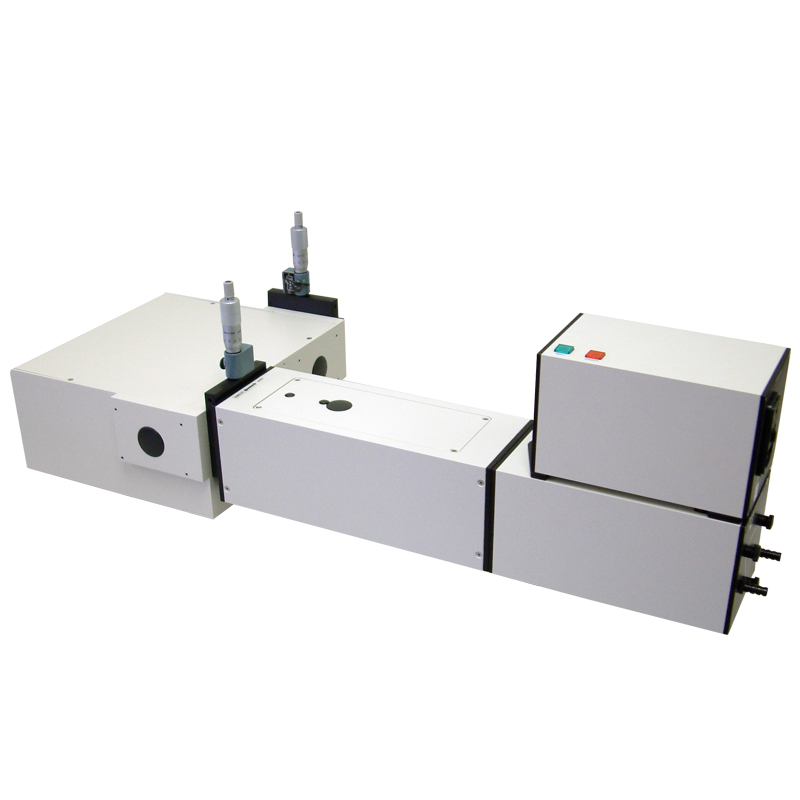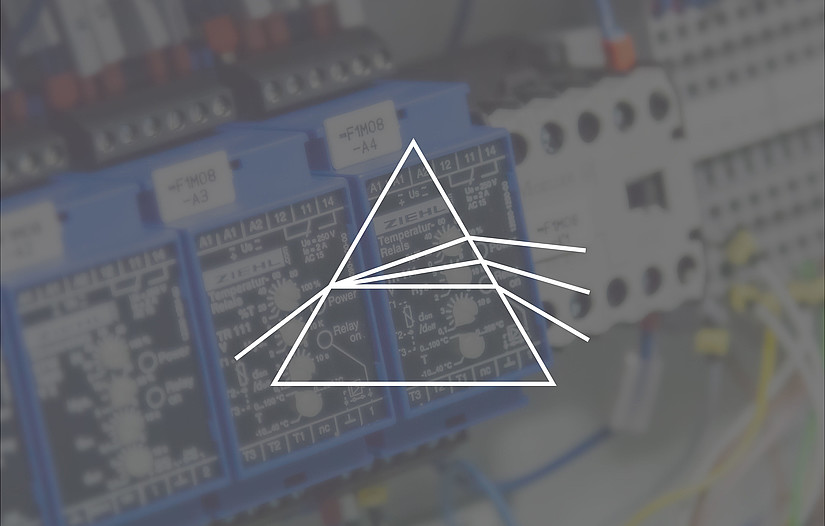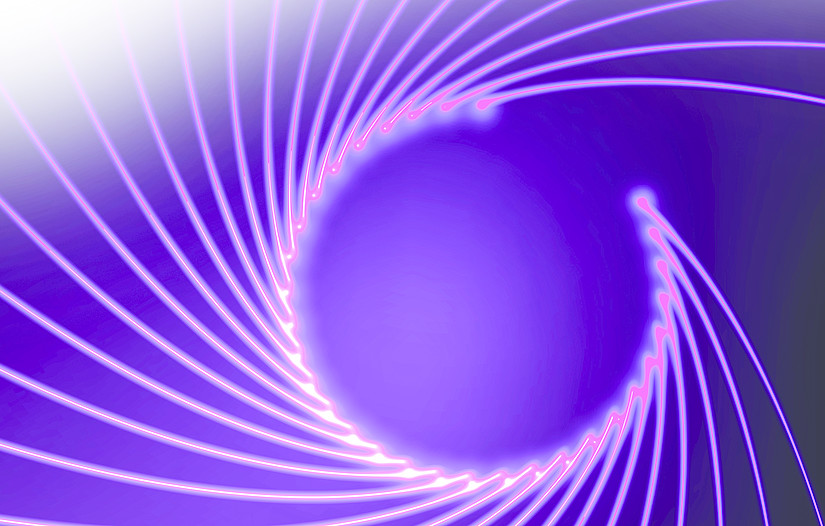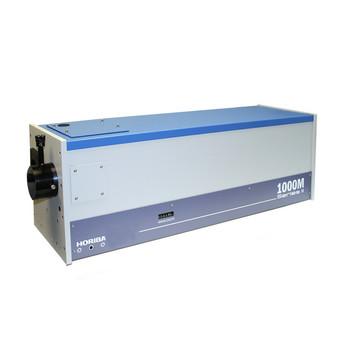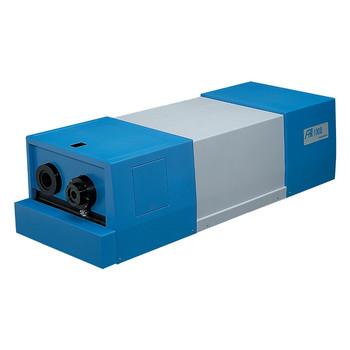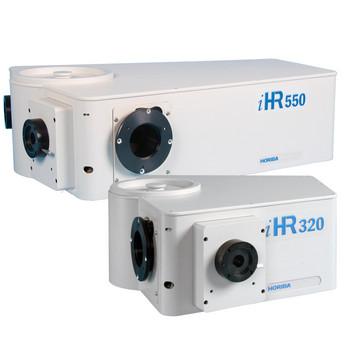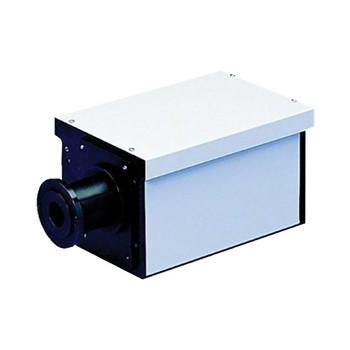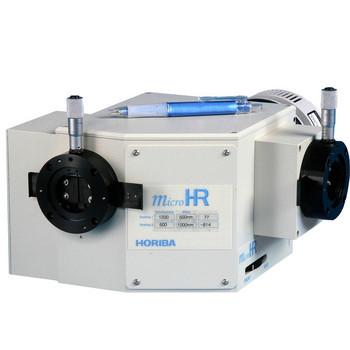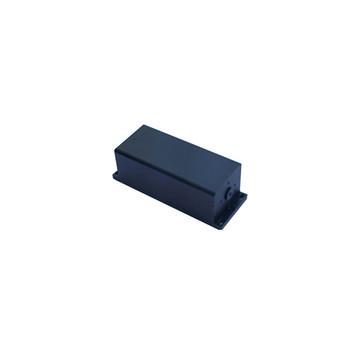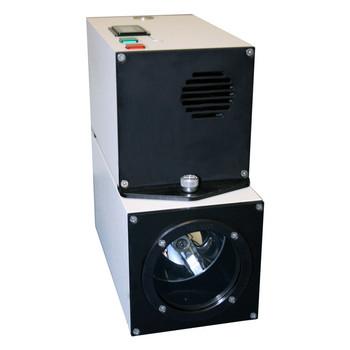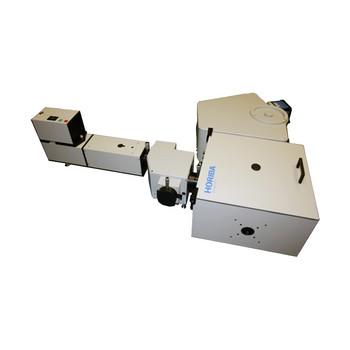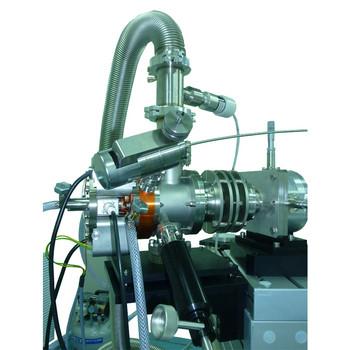| Optical Specifications | ||
|---|---|---|
| Optical power | Up to 20 mW (grating, bandpass & wavelength dependent) | |
| Spot size at slit exit | 5 to 10 mm (lamp and slit dependent) | |
| Diverging beam angle (full) | 14.5 degrees | |
| Numerical aperture (N.A.) | 0.12 | |
| Optical noise | 0.07% RMS | |
| Optical stability | 0.2% | |
| Power Supply Specifications | ||
| 75 Watt Switch Mode Power Supply | 75 to 150 Watt Universal Power Supply | |
| Input (user selectable) | 90–274 V AC, 50–60 Hz | 105–120 V/60 Hz or 210–240 V/50 Hz |
| Power rating | 50 to 100 watts | 0 to 150 watts |
| Operating voltage | 10 to 25 volts | 10 to 24 volts |
| Operating current | 3 to 7 amps | 0 to 8 amps |
| Pre-ignition voltage | 65–75 V DC | > 85 volts |
| Ripple at max current | < 3% peak to peak | < 10 millivolts |
| Stability after warm-up | 0.5% | 0.2% |
| Line voltage regulation | < 0.5% current variation for 5 volts line change | 0.1% current variation for 5 volts line change |
| Monochromator Specifications (using standard 1200 line/mm ruled grating) | ||
| Focal length | 200 mm | |
| Aperture ratio | F/4 (calculated using grating width) | |
| Wavelength range | 180 nm to 2.2 microns (grating dependent) | |
| Bandpass | Continuously adjustable from 0 to 25 nm | |
| Reciprocal linear dispersion | 4 nm/mm | |
| Resolution | 0.25 nm | |
| Scattered light | 0.02% two bandwidths from 365 nm Hg line | |
| Accuracy | +/- 0.25 nm (using motorizing option under computer control) | |
| Reproducibility | +/- 0.25 nm | |
| Grating size | 50 x 50 mm | |
